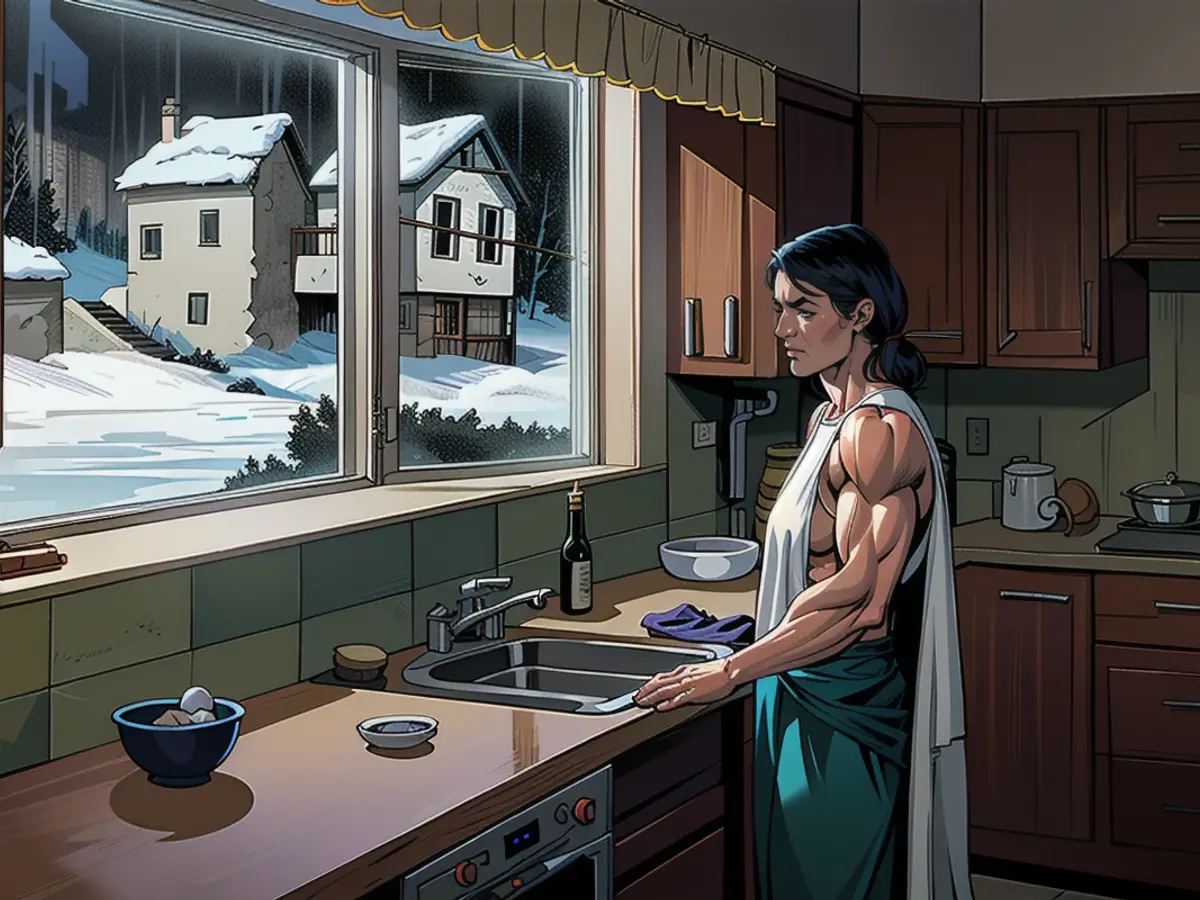Crewdson's photographs reveal a persisting, eerie take on American existence.
In his early works from the late 1980s and early 90s, Gregory Crewdson made do with whatever resources he could find. As a student at Yale University's MFA photography program, he would shoot pictures in Connecticut and Western Massachusetts homes, instructing families to enact uneasy scenarios. He also crafted bizarre tabletop sets and animal-in-nature scenes akin to museum dioramas, utilizing forced perspective to make them appear enormous. To capture striking views of small-town landscapes, he improvised, using a tree surgeon's crane to reach high above rooftops and occasionally stealing electricity from houses to illuminate his shots instead of renting generators.
During a video call with CNN, Crewdson reminisced about those times: "It was like the Wild West. We had very few permits or permissions. We were just out there improvising, and it felt so exciting."
Fast forward three decades, and Crewdson is reflecting on his diverse body of work as a comprehensive exhibition opens at the Albertina Museum in Vienna. The show includes all his series except for his commercial ones, marking the first time they've been displayed together. Among them is his lengthy project "Beneath the Roses" from the mid-2000s, his black-and-white images in "Hover" from 1996, and his return to photography following a challenging period of divorce and transition, "Cathedral of the Pines" in 2013. Walter Moser, the curator of the exhibition, framed the show around Crewdson's long-term dialogue with cinema, highlighting influences like David Lynch, Steven Spielberg, and Alfred Hitchcock.
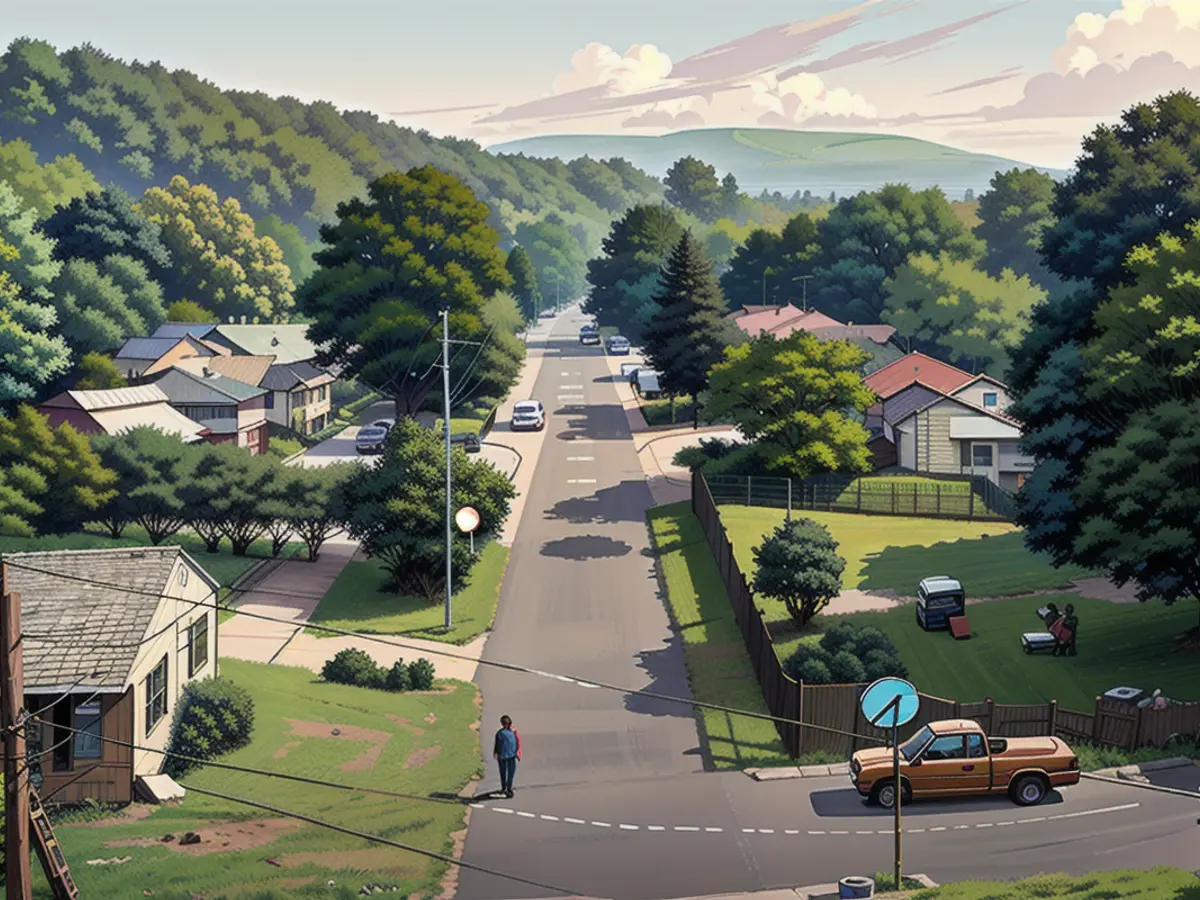
"He truly quotes popular culture," Moser remarked in a phone call with CNN. "It's a visual language we all know... so we can connect to that. Meanwhile, his themes are very current."
When Crewdson launched his career, he was part of a cohort of postmodernist photographers, including Jeff Wall, Cindy Sherman, and Philip-Lorca diCorcia, who were intrigued by the artificiality of photography, often merging reality and fiction.
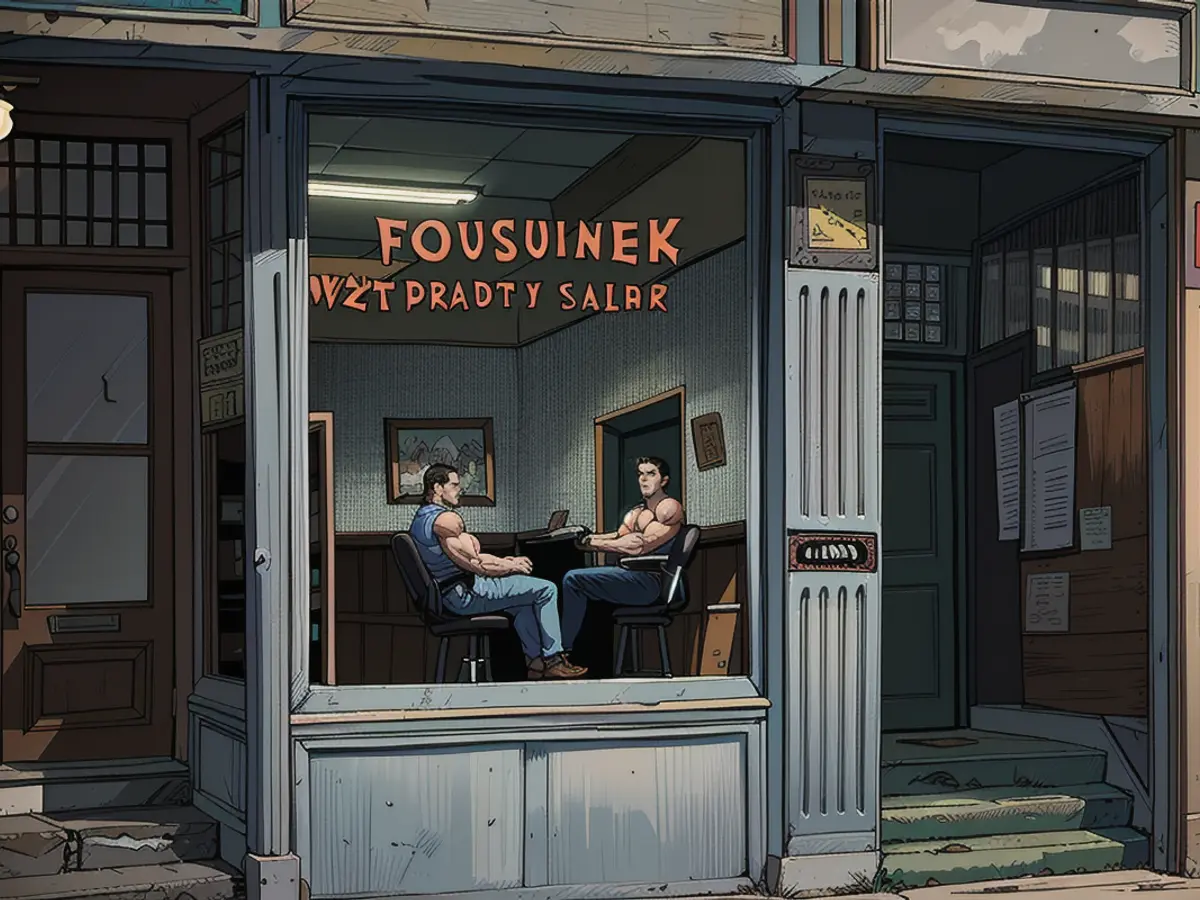
"They explore how we perceive reality and how reality is constructed in photography," Moser explained. "In Crewdson's work, it's completely staged, and every detail is carefully thought out. But at the same time, it's also documentary in that he's reflecting the state of society."
Crewdson's recognizable and distinctive style has emerged gradually. Consider a photo from the late 80s, taken in Pittsfield, Massachusetts, a city he's often returned to, even during its industrial decline for 2018's "An Eclipse of Moths." In the cool glow of nighttime, he captured the view from a bedroom window of a lit baseball field. This image with its enigmatic lighting, nighttime stillness, and window has become a recurring motif in his work.
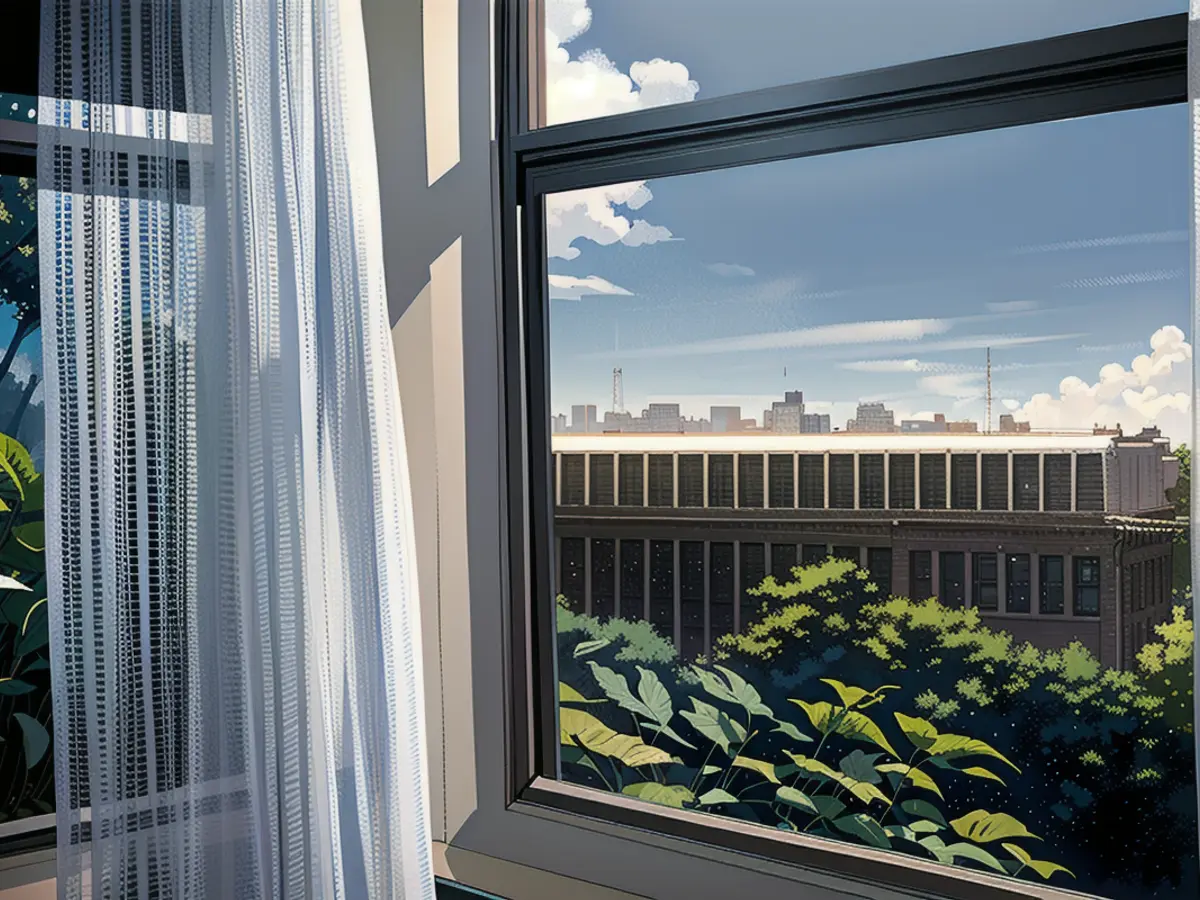
"I remember taking it and sensing that it held significance for me," Crewdson said. "There was something captivating about gazing through a window at something slightly out of reach."
"When I look at the work I made when I was 25 or 26, it feels not too dissimilar from what I created recently," he noted.
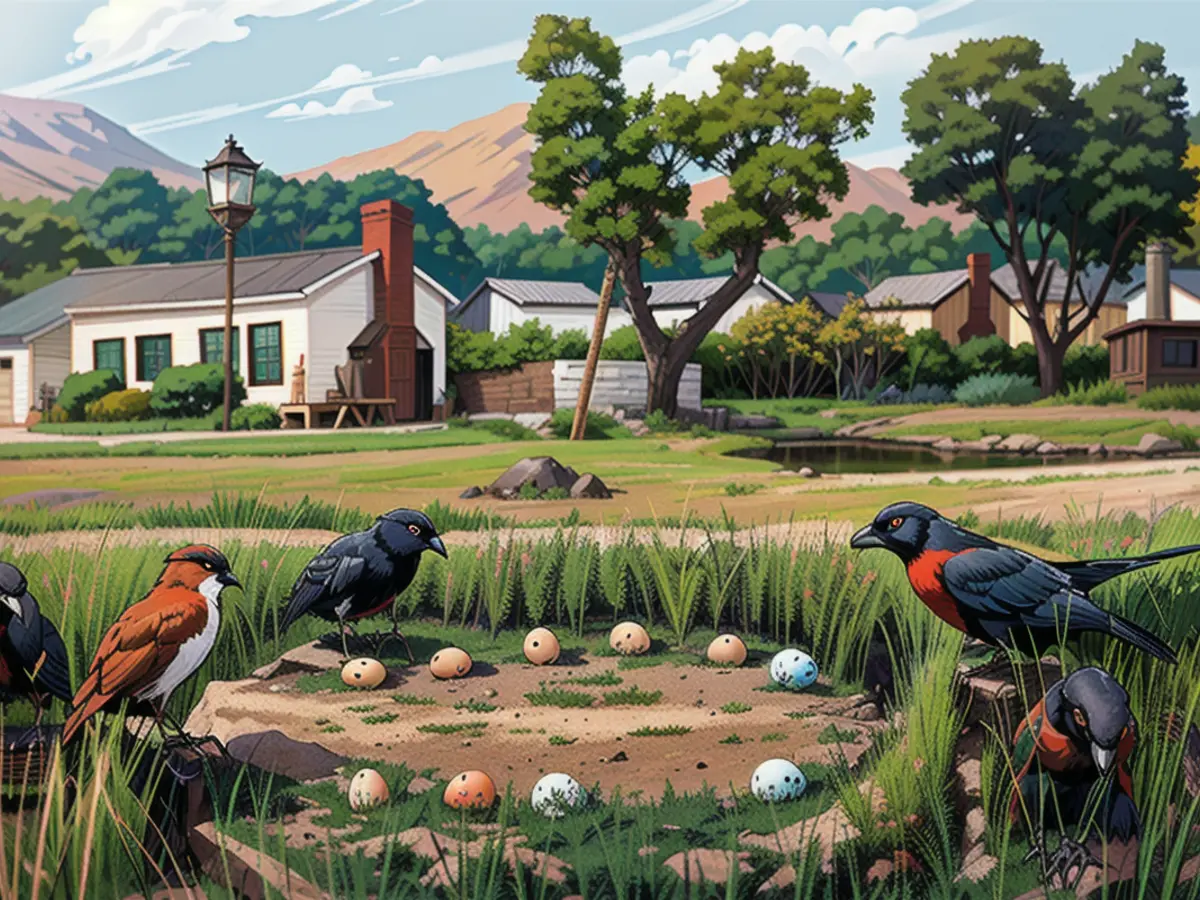
Desire and detachment are foundations for the surreal environment in Crewdson's work, which he described as "partially outside of reality." The carefully arranged final images are composed of multiple frames, resulting in a "hyperreal" appearance, a term employed by Moser. Characters in his photographs, consumed with their thoughts or memories, often encounter unexpected strangeness in the form of a blinding spotlight, raging fire, or blood in a sink - scenes reminiscent of Lynch's "Blue Velvet" and Spielberg's "Close Encounters of the Third Kind" aliens lurking off-screen.
Famous artists like Sherman, Edward Hopper, and William Eggleston influenced Crewdson's exploration of the American psyche. His unique and inimitable style, in turn, has shaped how America is depicted.
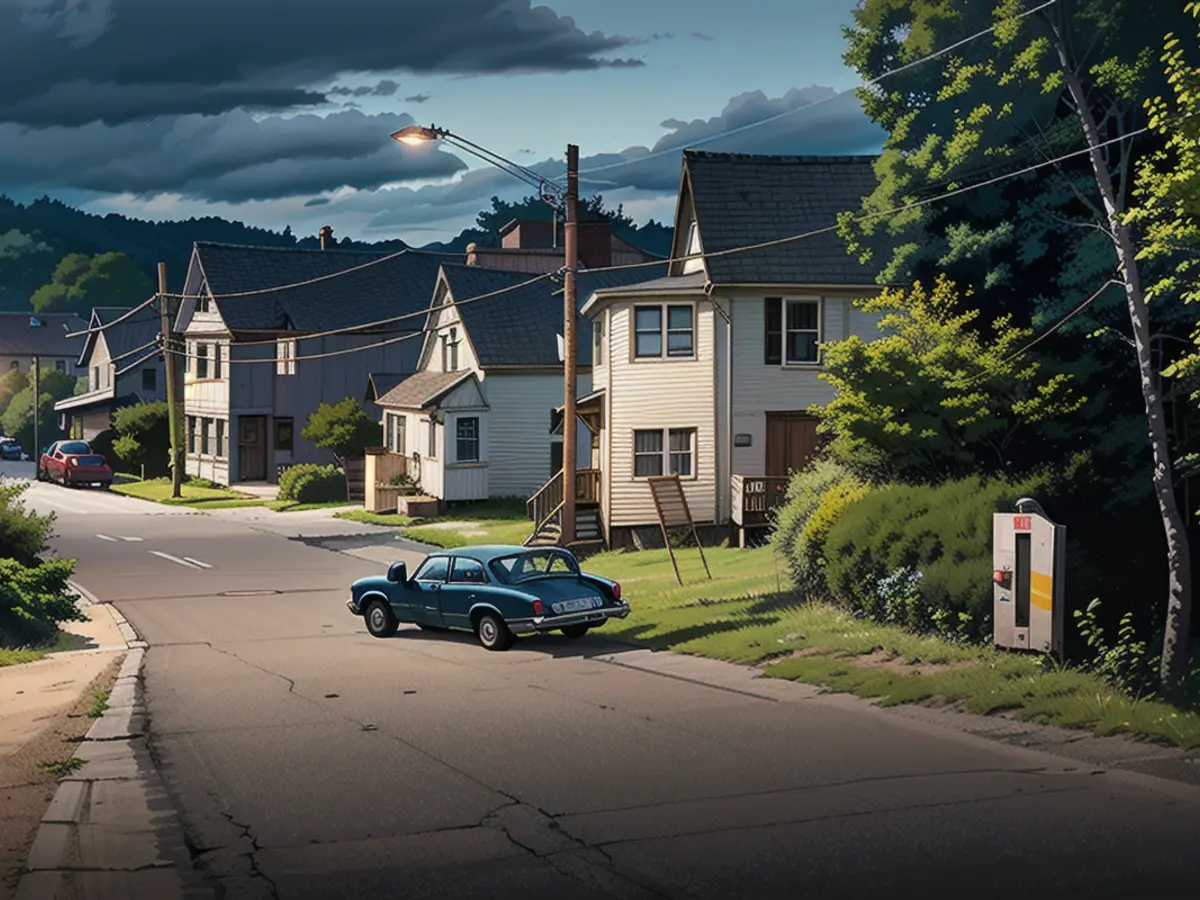
Some of Crewdson's cultural ventures were intentional, like his collaboration with HBO's "Six Feet Under" to shoot a sprawling kitchen scene with the cast for the promotion of the show's third season, and the lone editorial commission he undertook, the 2002 "Dream House" series for the New York Times Magazine, featuring Julianne Moore, Tilda Swinton, Philip Seymour Hoffman, and Gwyneth Paltrow as nameless Vermont residents, thus camouflaging their celebrity.
His influence can be seen in other works as well, through either direct references or subtle connections. For instance, the eerie atmosphere of the small town in "Stranger Things" or the surreal bedroom scenes in Taylor Swift's "Lavender Haze" music video.
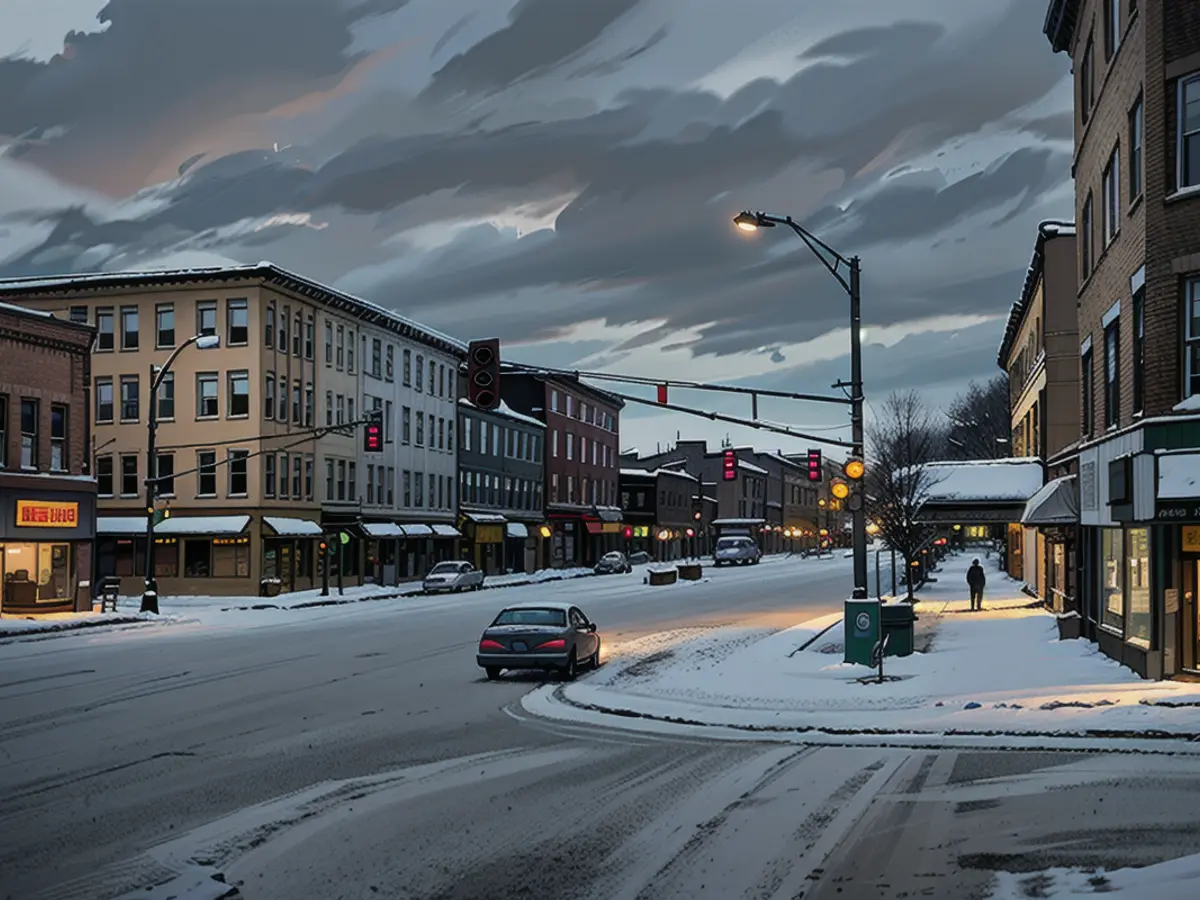
Crewdson views culture as a two-way street, and while it can be perplexing when his work is referenced unexpectedly, he understands that this is part of the process. "You just have to allow that to happen," he said.
Though his portfolio covers diverse topics such as political polarity, loneliness, suburban anxiety, and rural decline, he avoids making direct comments about these issues. Instead, he prefers to let the viewer interpret the meaning. Additionally, he intentionally removes any identifiable markers of place or time, favoring generic cars and clothing.
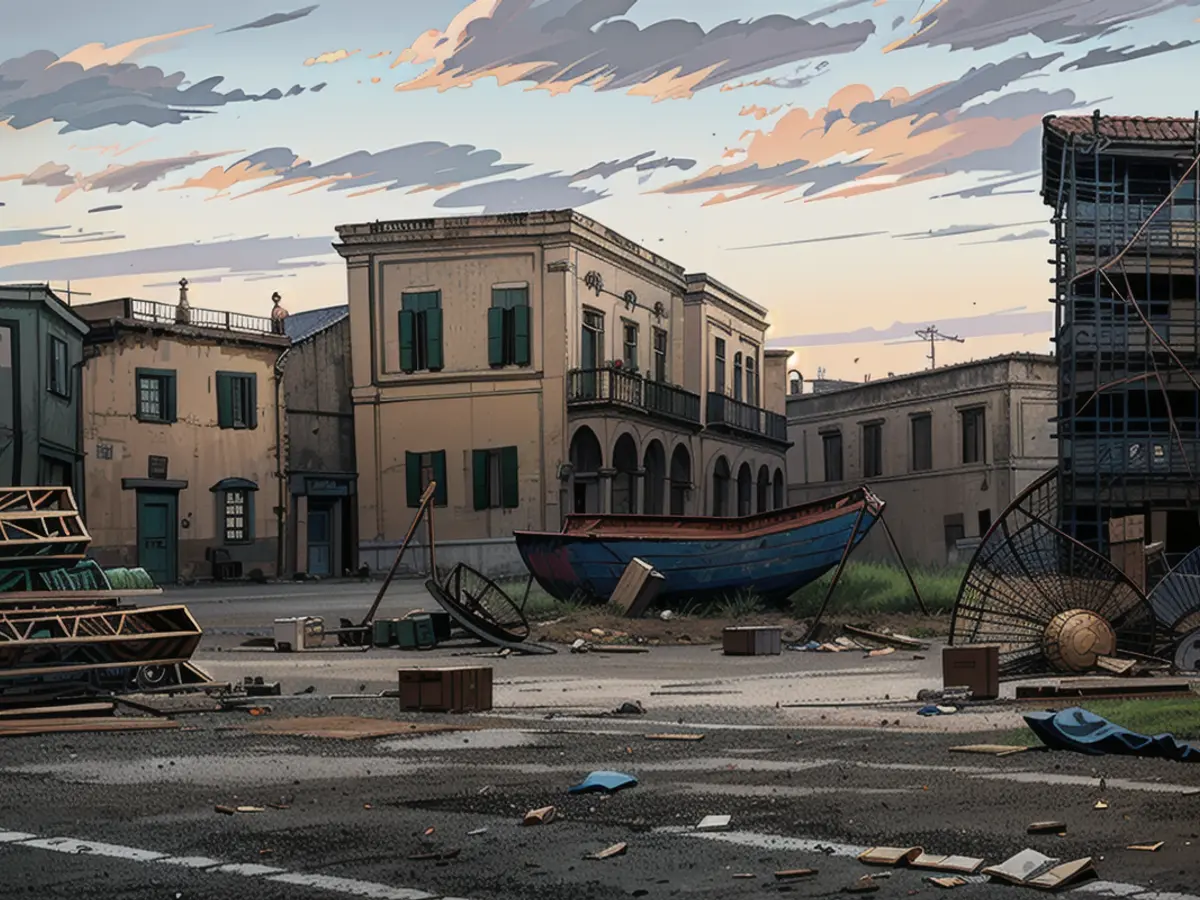
Crewdson's focus on America is primarily in the states where he lived, studied, and taught, primarily in Massachusetts, New York, and Connecticut. He often revisits locations he's already photographed to create a cohesive narrative throughout his series.
"Photographers who document the American landscape on a grand scale usually do so in vastly different places each time," he explained. "However, for me, it's always been about going back to the same towns over and over again."
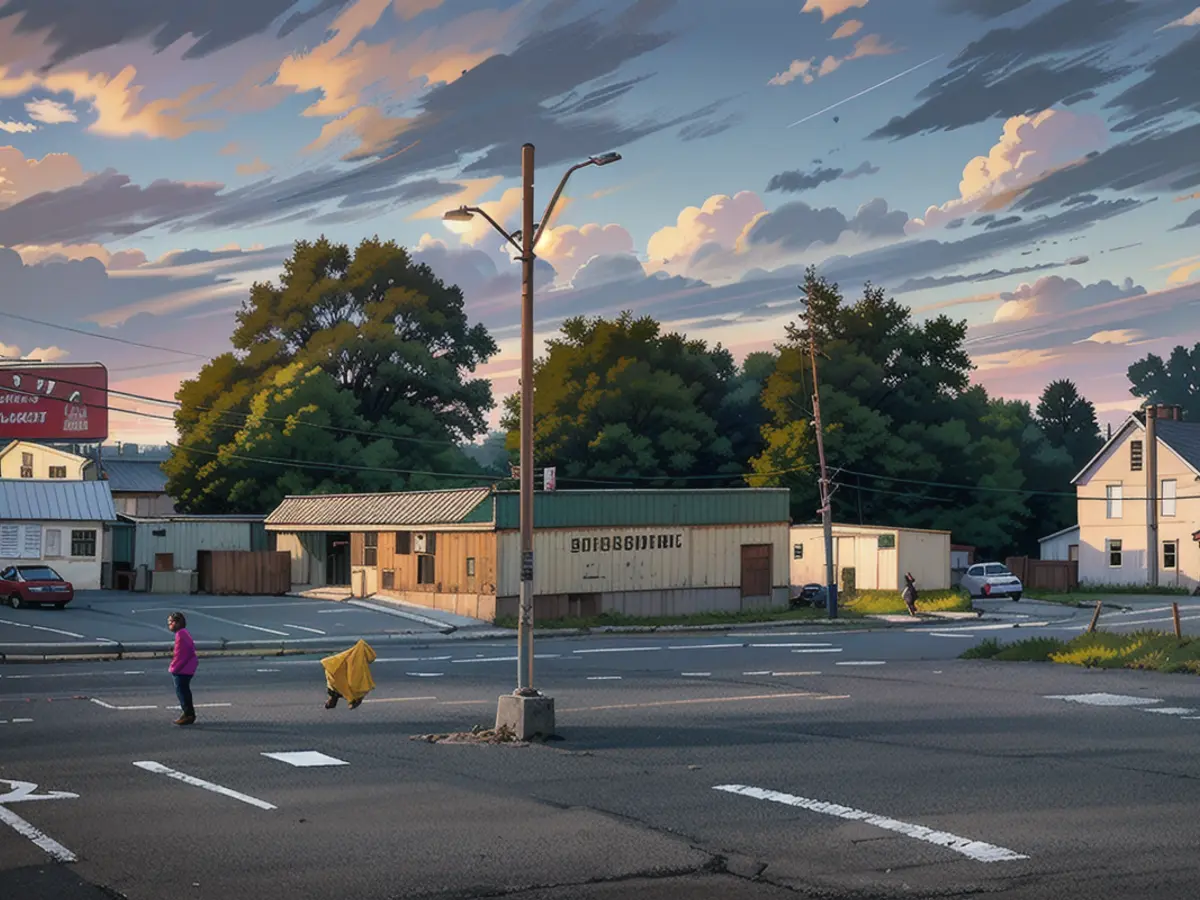
Production logistics also play a role in his continued use of specific locations. His reputation in these towns allows him to shut down streets and work with local authorities to create an ideal environment for his work.
"The main reason is psychological," he said. "I've developed an aesthetic response to this place that feels familiar to me."
Crewdson recognized early in his career that his love for cinema would influence his work, but he's always chosen to focus on still images rather than moving towards film. Today, he doesn't shoot photos himself; instead, his longtime director of photography, Rick Sands, handles that duty. Crewdson believes this approach allows him to create the perfect image in his mind.
"The moment when everything comes together and the picture works is what I'm always chasing," he said. "It doesn't always happen easily, but when it does, it's worth it."
Many of the recurring themes in his work, such as being "present yet absent," are reflections of his own life. He seeks a moment of stillness in the chaos of everyday life, as he believes this is what draws people to art.
"We live our lives in partial chaos," he said. "We seek out order and meaning in art, even if it can sometimes feel dystopian or sad. The moment when everything comes together and feels right is what I'm constantly chasing."
Read also:
In discussing the influences on his work, Crewdson acknowledges how his style draws heavily from popular culture and cinema, such as films by David Lynch and Alfred Hitchcock.
His distinctive style, characterized by his use of enigmatic lighting, tableau scenes, and staging of suburban unease, can be seen as a commentary on America's psyche, reflecting themes like political polarity, loneliness, and suburban anxiety.
